Mixed True Potato Seeds (TPS), Diploid, Low Dormancy, 100 seeds
$8.50
In stock
| True potato seed information and growing instructions |
| This mix includes seeds derived from OSSI open source varieties |
Diploid potatoes are not commonly grown in North America. They are native to the Andes. Diploids tend to be smaller and have lower yields than common tetraploid potatoes, but they compensate for this with richer flavors, beautiful colors, and unusual shapes. There are two very good reasons why diploids aren’t commonly grown in North America: most of them have little to no dormancy, which makes them difficult to store over the winter, and many of them have short day photoperiods, which means that they don’t produce tubers until fall. These deficits are not universal. Many plants grown from this mix will tuberize in the summer, although it might take them a little longer than it would in the fall and they might have other quirks like longer stolons when grown in the summer. Still, if you grow a full packet, you can expect to get plenty of plants that will make tubers in the summer. Dormancy is likely to be minimal and that means that you will need to refrigerate any tubers that you want to keep for the next year.
This mix contains seeds from low dormancy (phureja type) diploids, although there has probably been some crossing with other types of diploids. These potatoes were traditionally grown in warmer regions of the Andes where frost isn’t a concern. They could be grown back to back for several crops per year. Many people report that low dormancy diploids handle heat better than other potatoes and so you might give them a try if you are in a climate a little warmer than potatoes normally like. Of course, they do just fine in the cooler temperatures that potatoes normally favor. The seed parents are plants that I have selected to keep, so they are either heirloom varieties, varieties that I have released, or varieties that I keep only for breeding. The mix of parents change from year to year, typically by about 20%.
Some people are deterred from growing diploids due to the problem of low dormancy. This is really not such a big deal if you are willing to store tubers in the refrigerator. If you put your seed tubers in the refrigerator right after harvest, most will last long enough for spring planting. The alternative is to just eat them and grow more from seed again the next year. The tubers will be different every time, but that’s part of the fun as far as I’m concerned.
The picture above is an output photo of a full bed of seedlings grown from this mix, so it will give you a pretty good idea of what you can expect. What it doesn’t show are the plants that produce tiny tubers or no tubers or that died early in the season. You will always get some of those when you grow potatoes from seed.
Germination
2025: Moderate (30-50/100g), intermediate (12-18 days)
2024: High (50+/100g), intermediate (12-18 days)
2023: High (50+/100g), intermediate (12-18 days)
Only logged in customers who have purchased this product may leave a review.
Related products
True Potato Seeds (TPS)
Dahlia and Relatives
True Potato Seeds (TPS)
In Vitro Plantlets
True Potato Seeds (TPS)
In Vitro Plantlets
In Vitro Plantlets
True Potato Seeds (TPS)
Mixed True Potato Seeds (TPS), Solanum curtilobum, 100 seeds



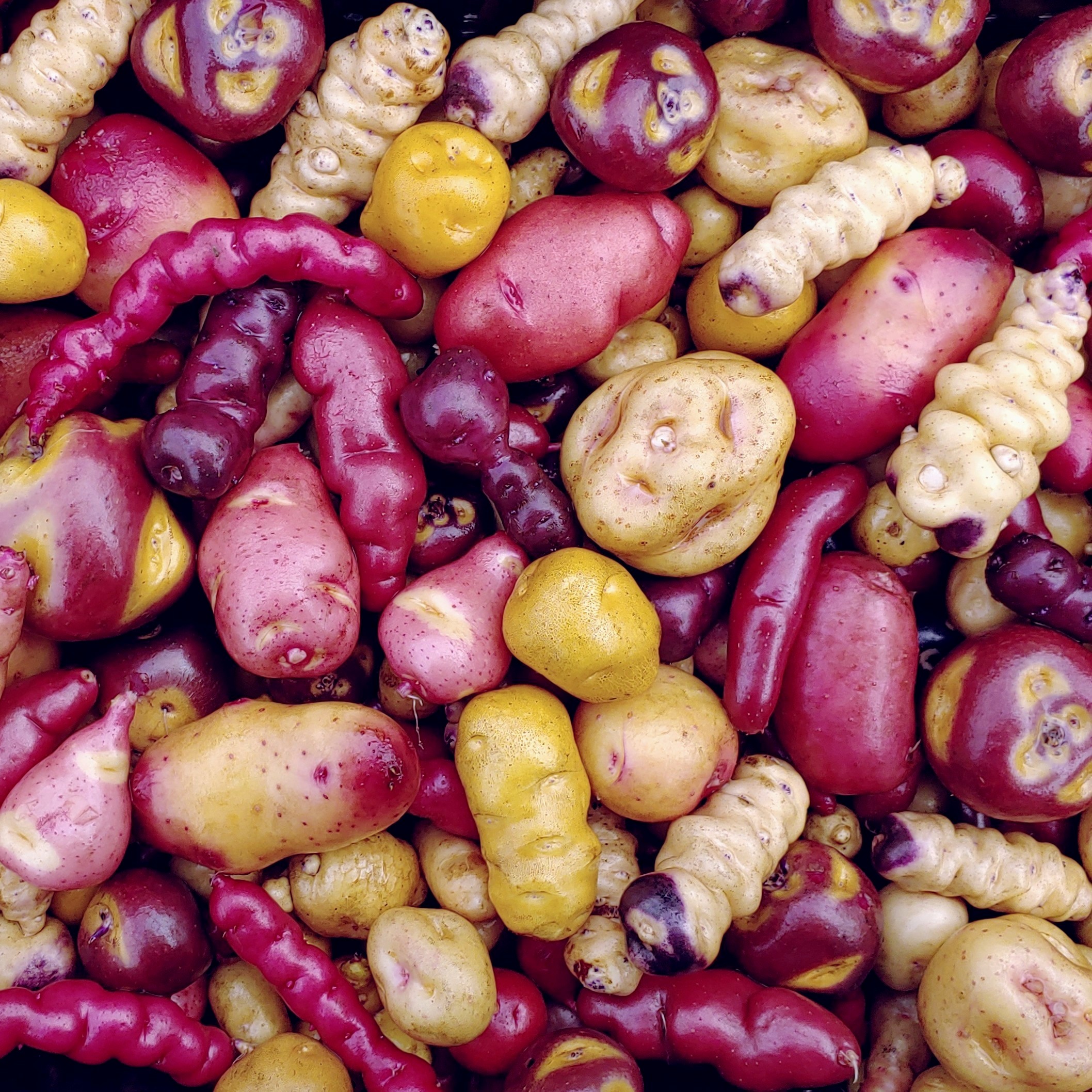
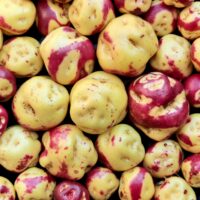
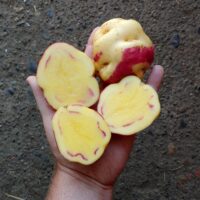

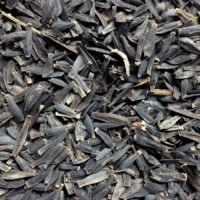
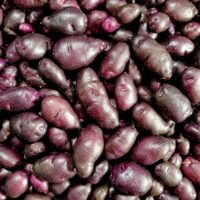
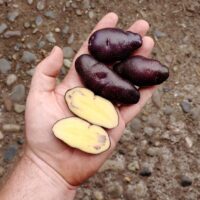
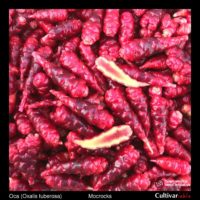
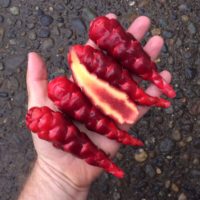
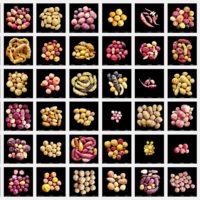
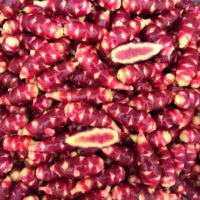
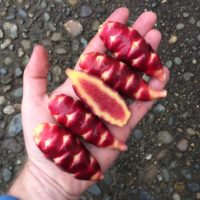
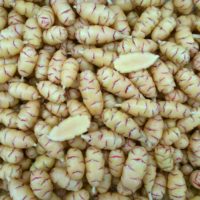
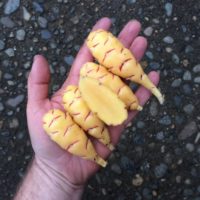
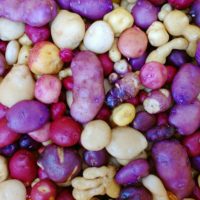
Reviews
There are no reviews yet.